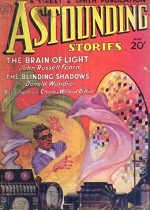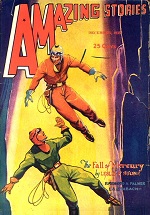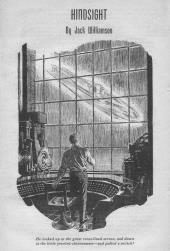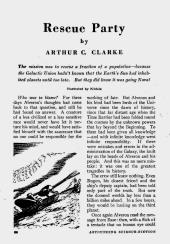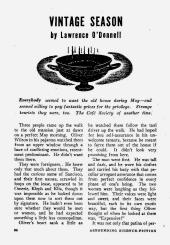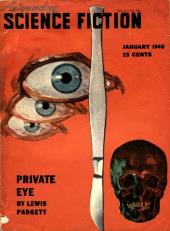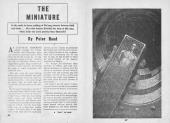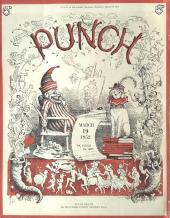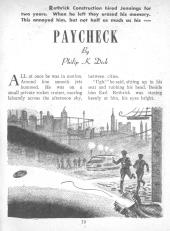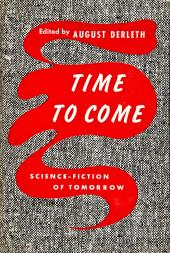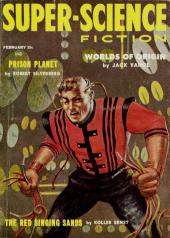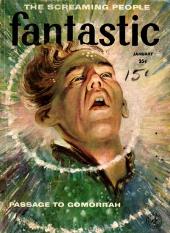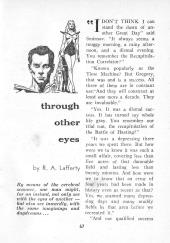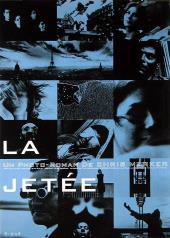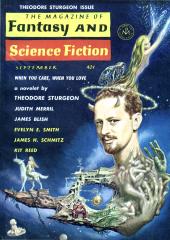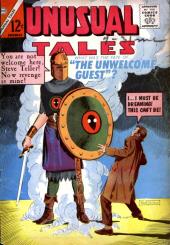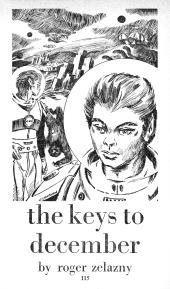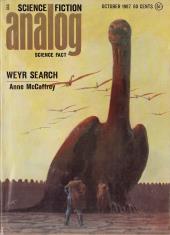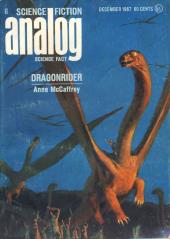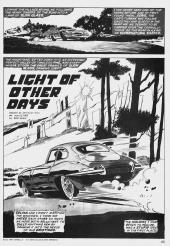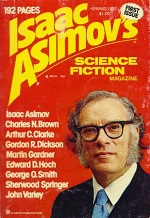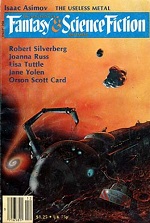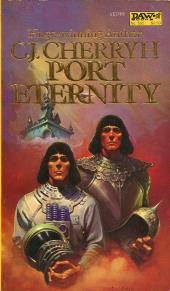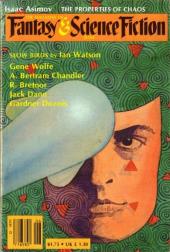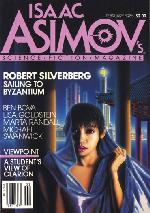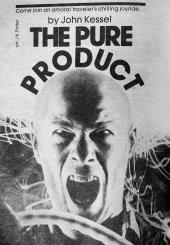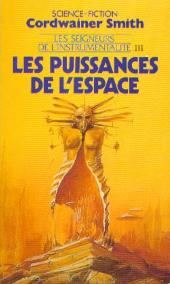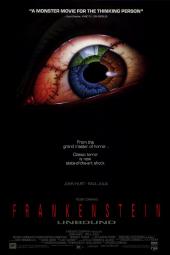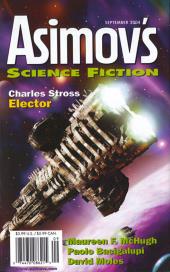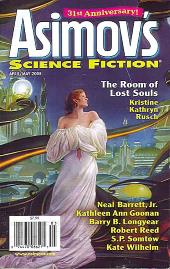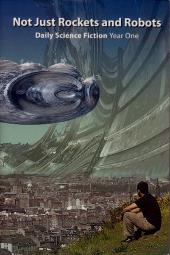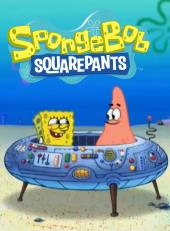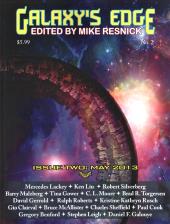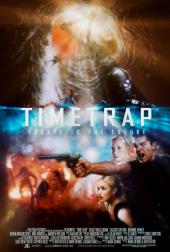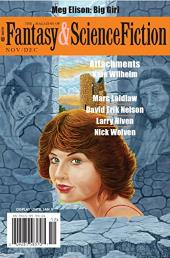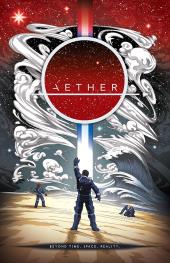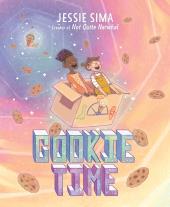By the time that Lessa of Ruatha Hold becomes Weyrwoman of the only remaining dragon weyr, the end of all Pern seems imminent since a single weyr is not enough to fight off the falling threads from the Red Star.
“Dragonrider,” which was first released as a two-part
Analog serial (December 1967 and January 1968), was the second Pern story, appearing after the shorter novella “
Weyr Search” (October 1967). Together, the two stories formed the first Pern novel,
Dragonflight (1968). When the online version of the ITTDB was in a nascent stage, my friend Allison Thompson-Brown reminded me that the dragons can travel to a new
when as well as a new
where, and that time travel first appeared near the end of “Dragonrider.” Time travel on Pern occurs in a
single, static timeline, so the dragons and their riders can never change anything known to be certain in the past.
—Michael Main My people now go into the long sleep. We do that out of terror of Taa, for when he roams the land in wrath no thing that can feel, see or hear can survive.Only in these catacombs is it possible to bear his thunders and live. We call it the Sleep of Ten Thousand Years, though no one knows how long the time really is.


